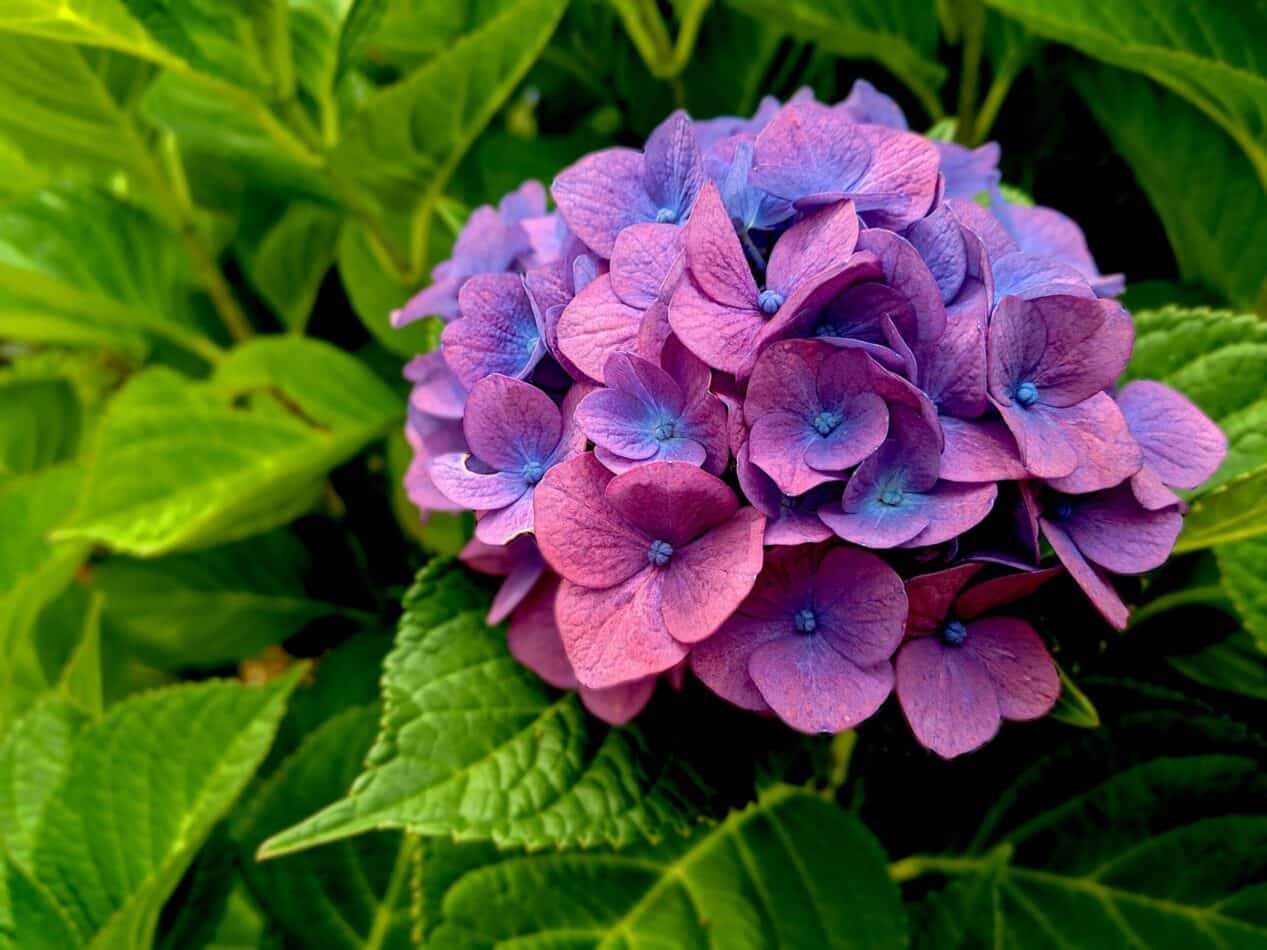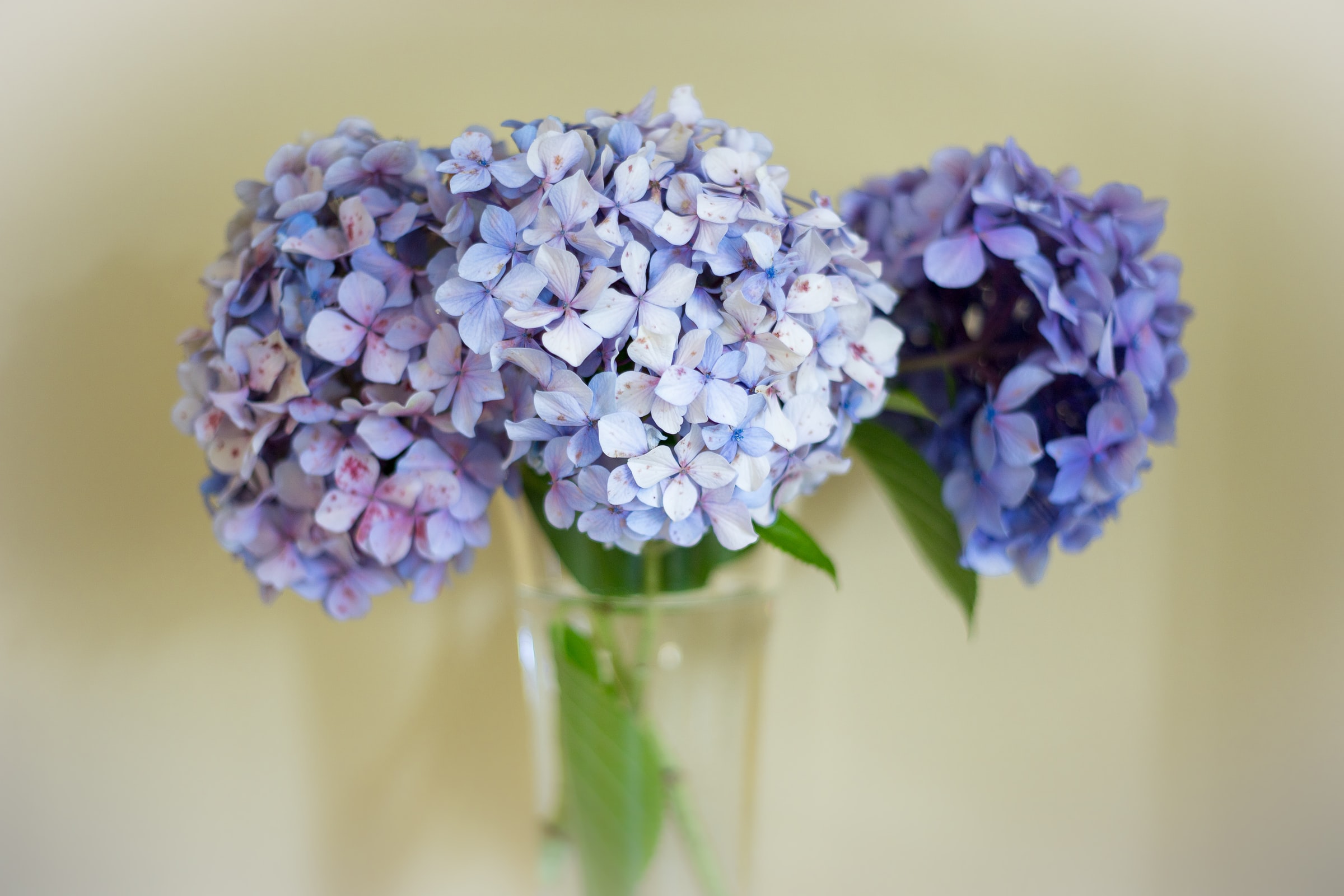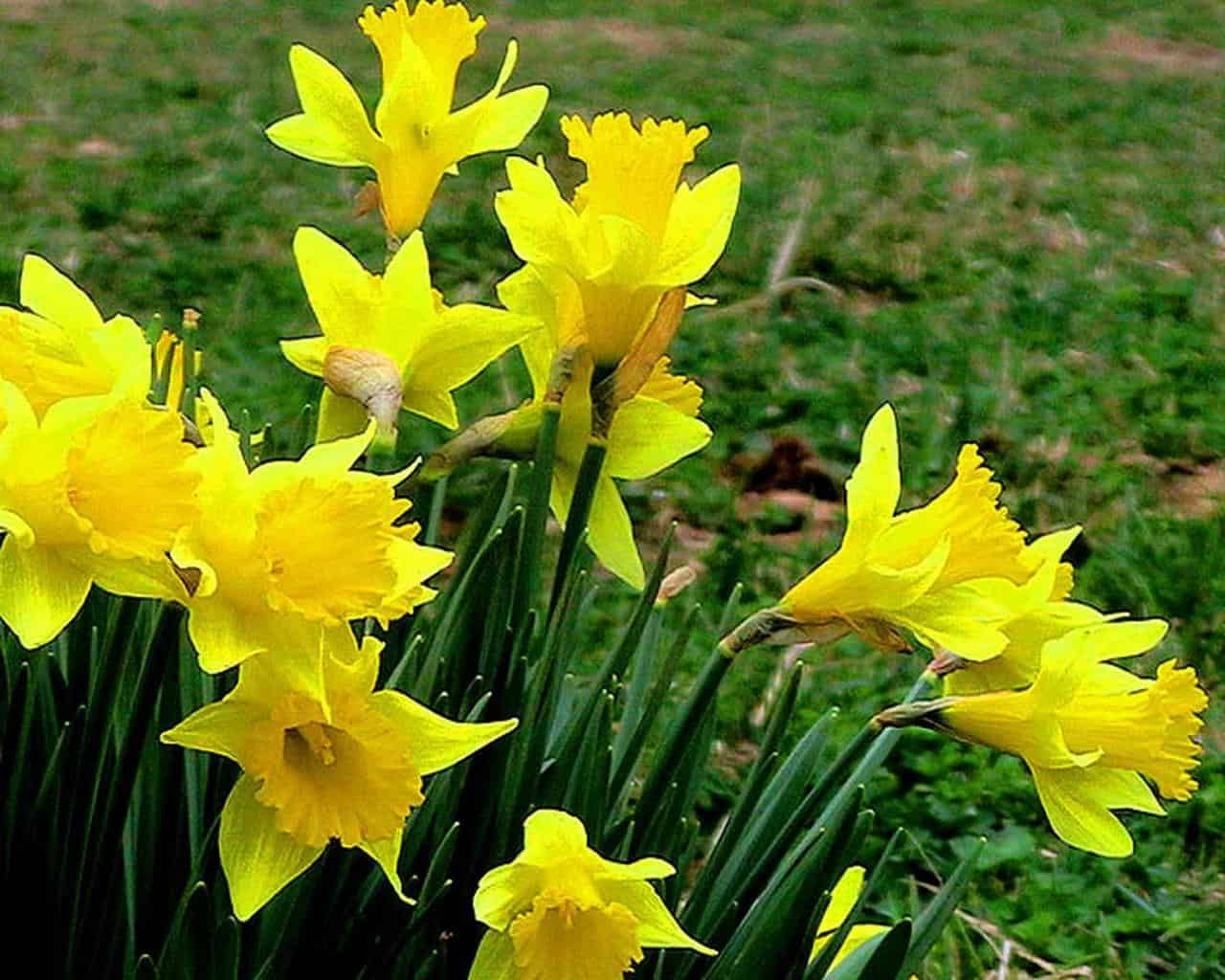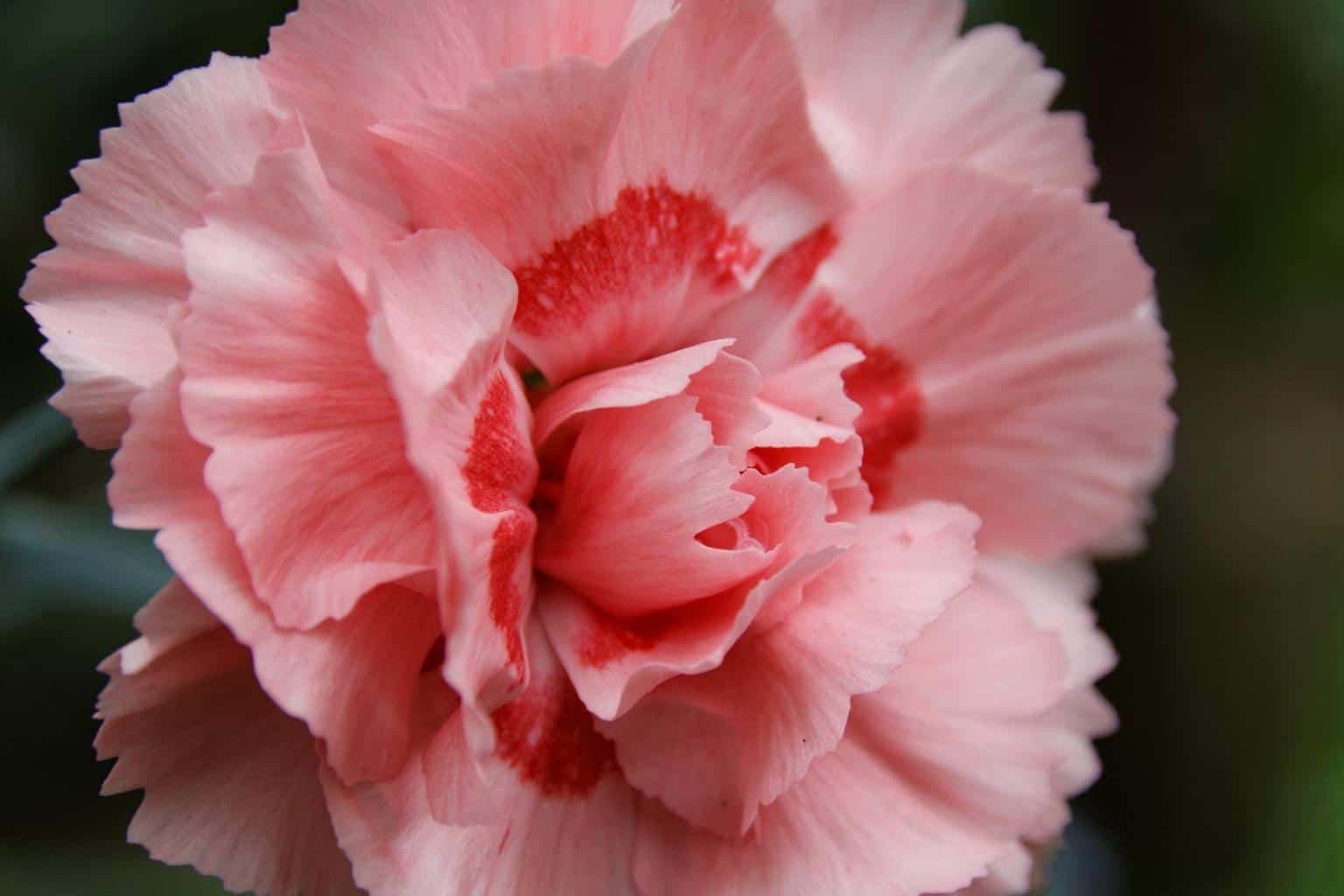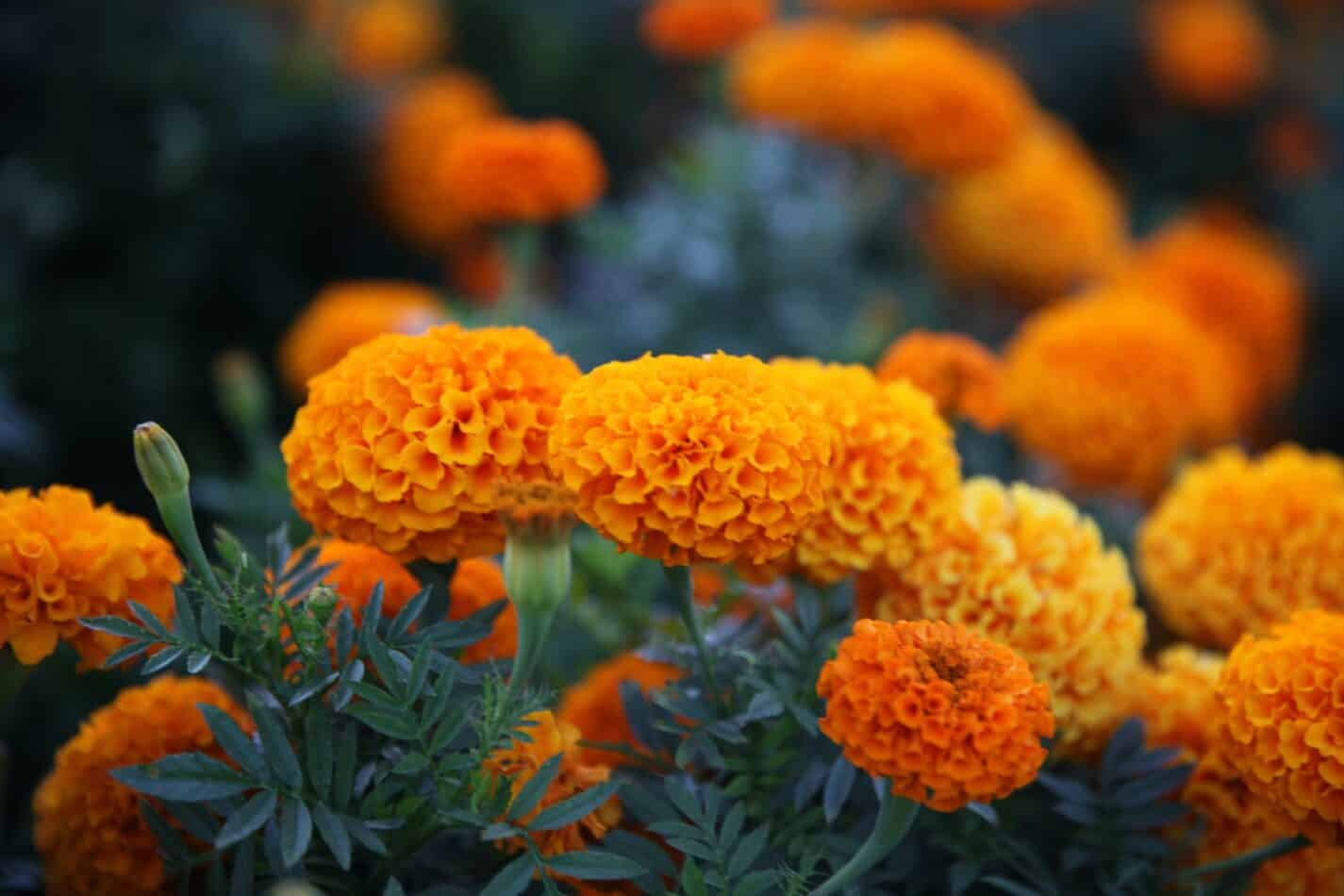If you’re looking for a hardy shrub that produces large, showy flowers, then hydrangeas may be the right flowering shrub for your landscape. Large round flower globes formed by multitudes of tiny blooms will cover the shrub in spring and summer.
Bloom’s colors are blue, pink, white, and a combination of colors. Soil content plays a huge role in bloom color, and it is changeable. These pretty flowers have also a plethora of meanings and symbolism according to their color, so choose wisely!
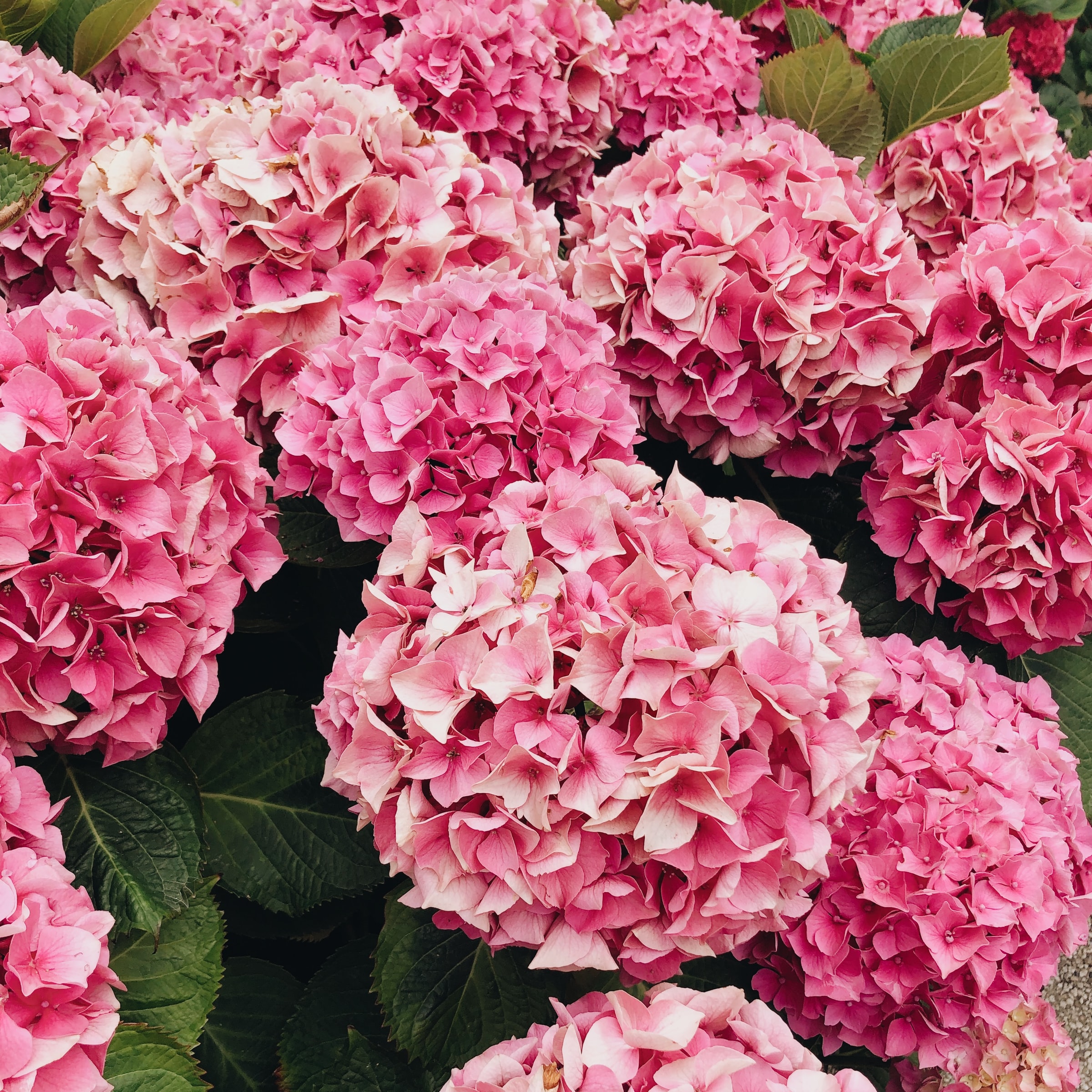
Photo by Nusa Urbancek
Growing Location
Select a location that is partial shade and where the shrub will be shaded from the intense heat of the afternoon summer sun. A location that receives the morning sun and no more than 6-hours of direct sun per day is the optimum location.
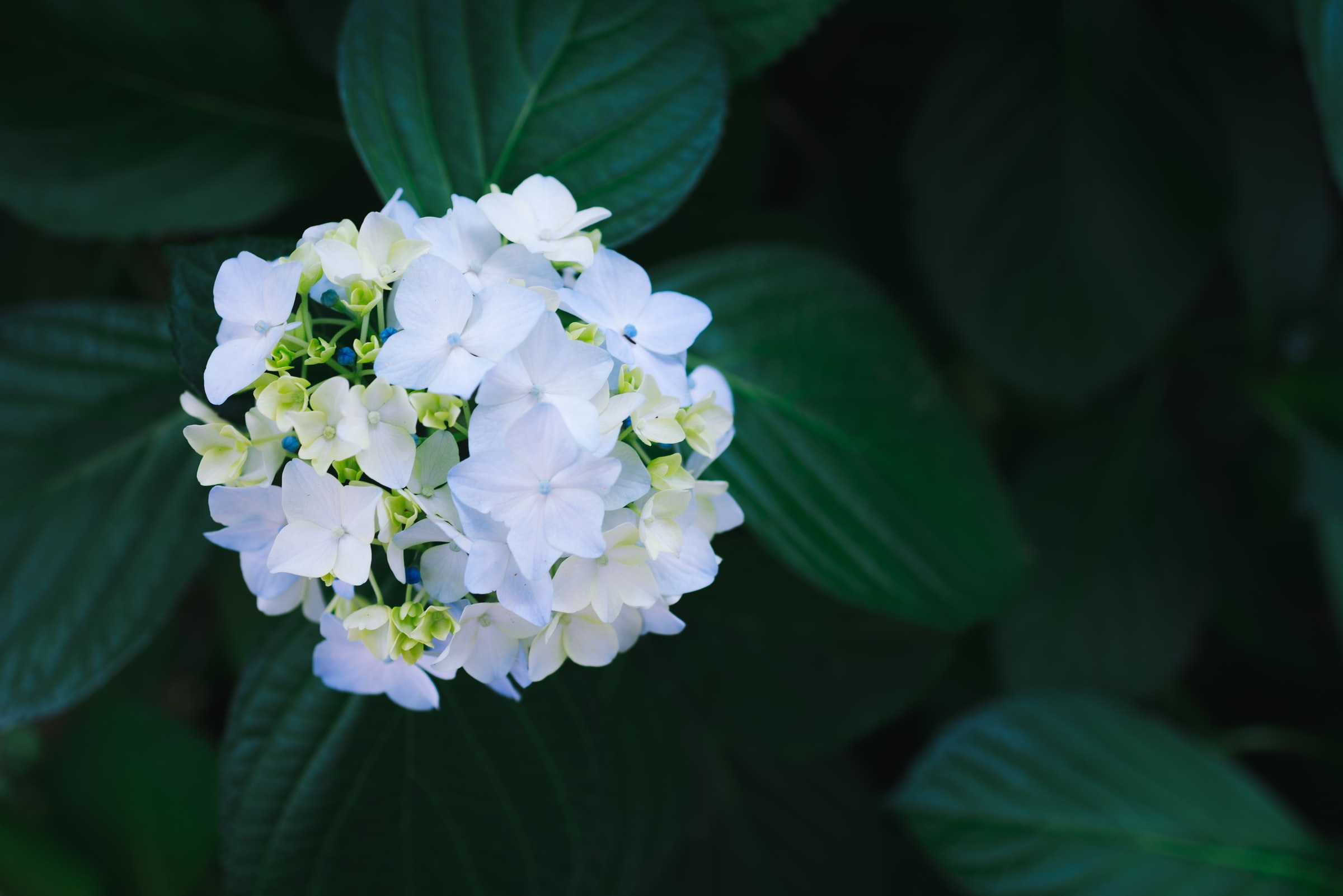
Planting
The best time to plant hydrangeas is in the fall. This will allow the root system to become established before the spring growing season. Shrubs can be planted in the spring too.
Dig a hole as deep as the root ball and twice as wide. Set the shrub in the hole and fill it halfway with soil. Fill the remainder of the hole with water and allow it to drain away. After the water is absorbed, fill the rest of the hole with soil. Water thoroughly again.
Watering
The ‘hydra’ in hydrangea indicates the flowering shrub needs plenty of water. Water is lost at a rapid rate through the big, broad leaves and the shrub suffers from dehydration easily in the summer heat. Water deeply at least twice per week during the summer, more often if the leaves begin to droop.
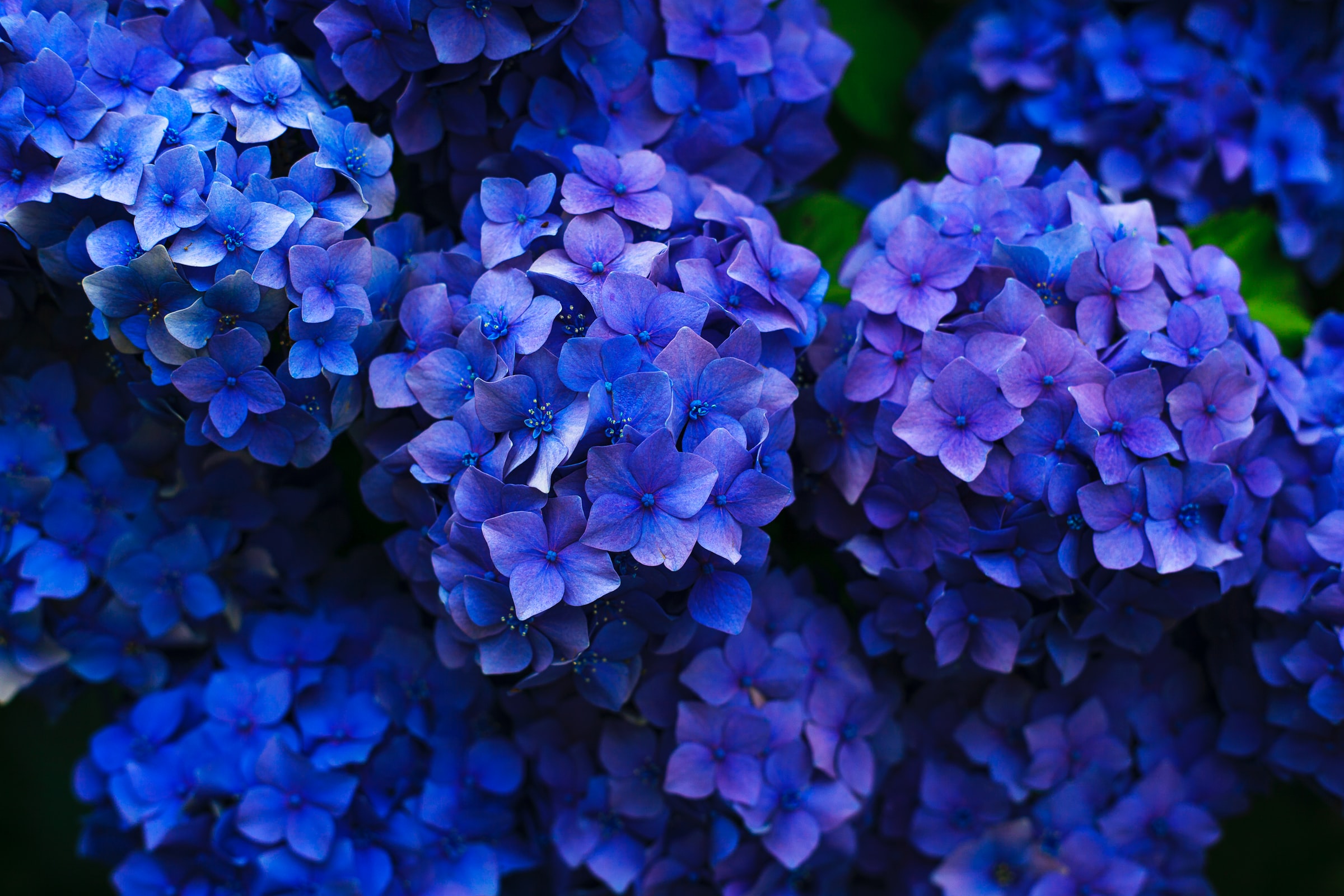
Feed
Feed your hydrangea three times per year. Once in early spring, again in mid-spring, and one final time in mid-summer. Use a balanced 10-10-10 granulated fertilizer and apply it on top of the mulch around the hydrangea. The frequent watering will dissolve the granulated fertilizer and it will gradually seep into the soil to provide a steady food source for the shrub.
Bloom Colors
The soil pH determines if the blooms will be pink, blue, light, or dark purple. What you feed the soil will determine bloom color. Blue flowers are produced in acidic soil. Used coffee grounds or aluminum sulfate added to the soil will increase soil acidity and the shrub will produce blue blooms.
Pink blooms are produced in sweet (alkaline) soil. Add eggshells or lime around the shrub to sweeten the soil for pink blooms.
The shade of purple may change on purple blooming hydrangeas according to the soil pH but the blooms will remain purple.
White flowering hydrangeas remain white regardless of the soil pH.
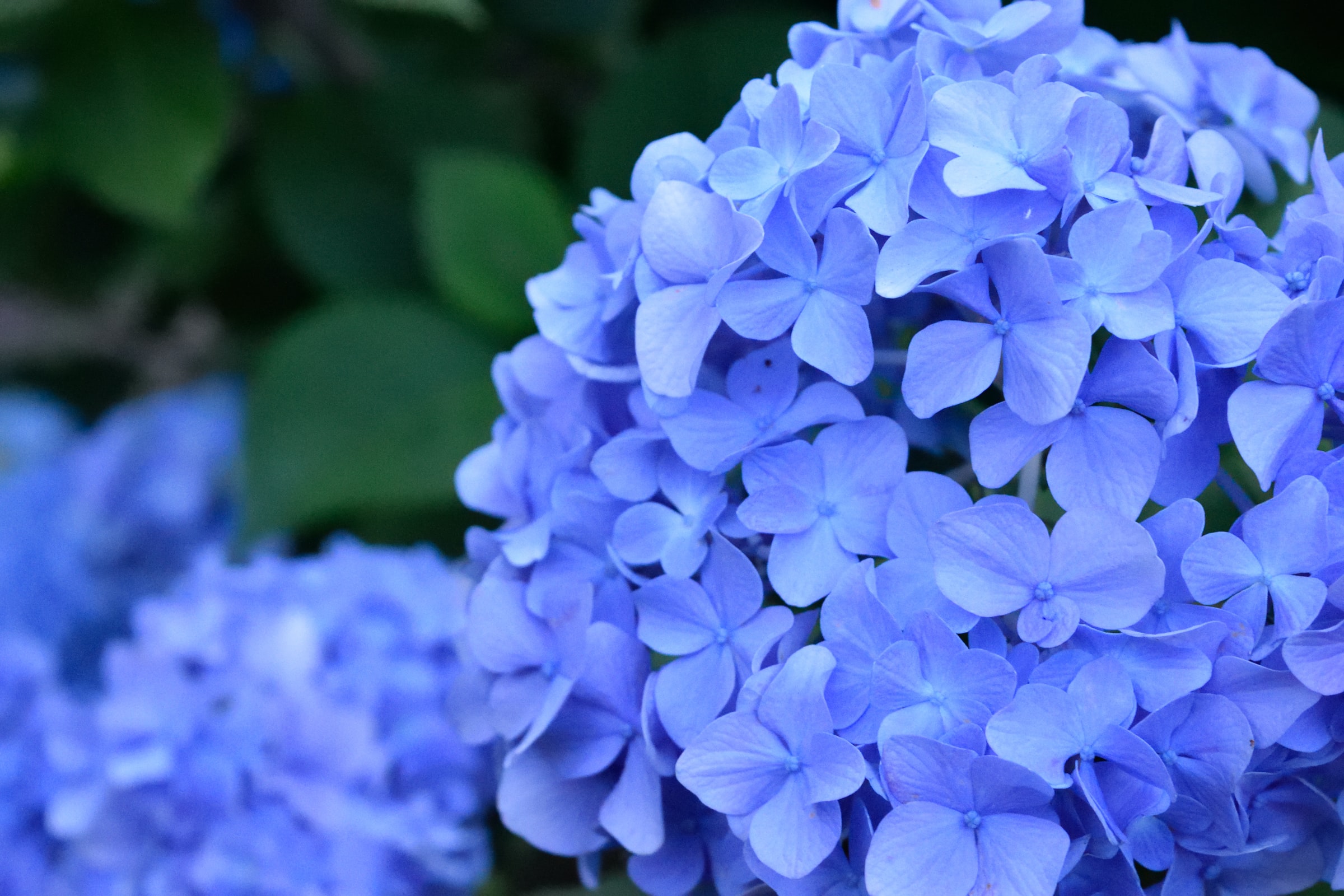
Pruning
Pruning a hydrangea should be done soon after the blooms have faded. Most hydrangea varieties need to be pruned before the end of summer or you risk cutting off next year’s buds. Dead-heading the spent blooms will keep the shrub looking tidy and not impair the shrubs blooming capacity next year.
Propagation
Propagation is done by ‘layering’. To layer, dig a trench near the base of the hydrangea, 3-inches deep, 1-inch wide, and 6-inches long. Select a long limb near the bottom of the shrub and bend it down into the trench.
On a portion of the limb that rests within the trench, remove 1-inch of bark around the limb with a knife. Place the limb in the trench and cover it with soil. Leave 6-12 inches of the limb tip sticking out of the trench. Place a small rock on the buried portion of the limb to keep it in the trench soil.
The exposed portion of the limb that is buried in the soil will form a new root system by the next growing season. When the limb begins to show new leaf growth, sever the limb from the parent shrub and gently dig up the newly propagated hydrangea. Keep as much soil intact around the new root system and transplant.
What we love from Amazon this week
Buy these wonderful flowers directly from Amazon:


